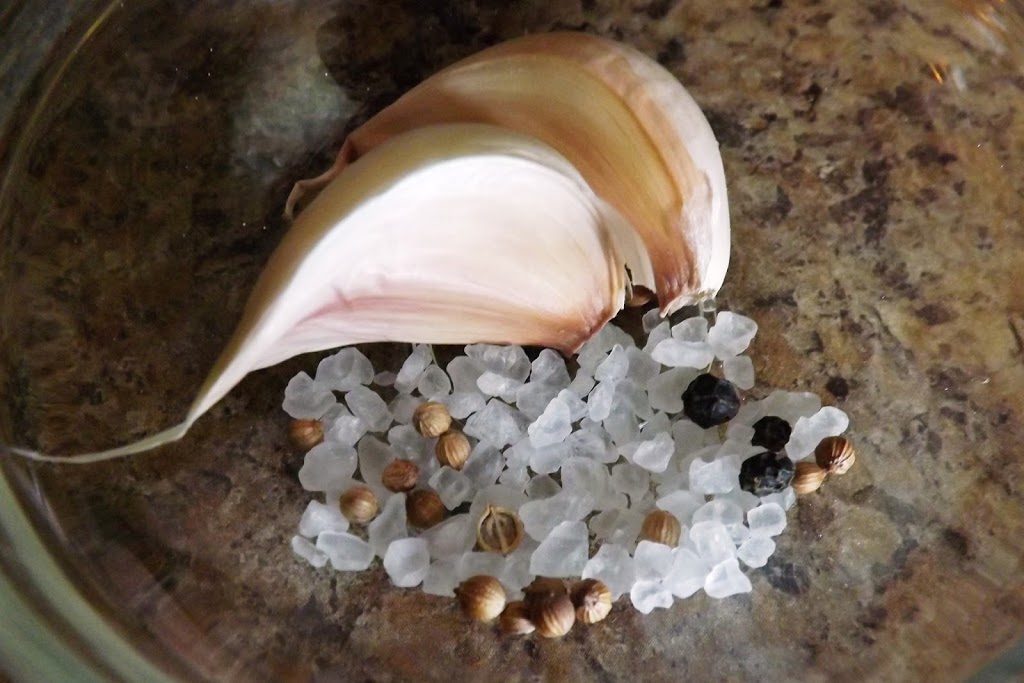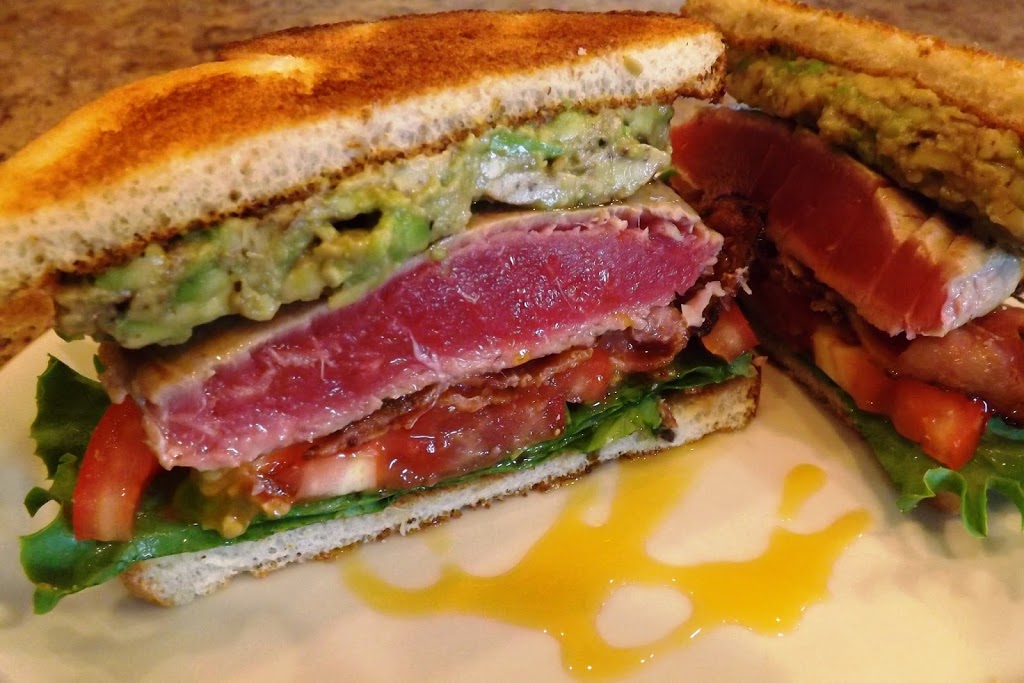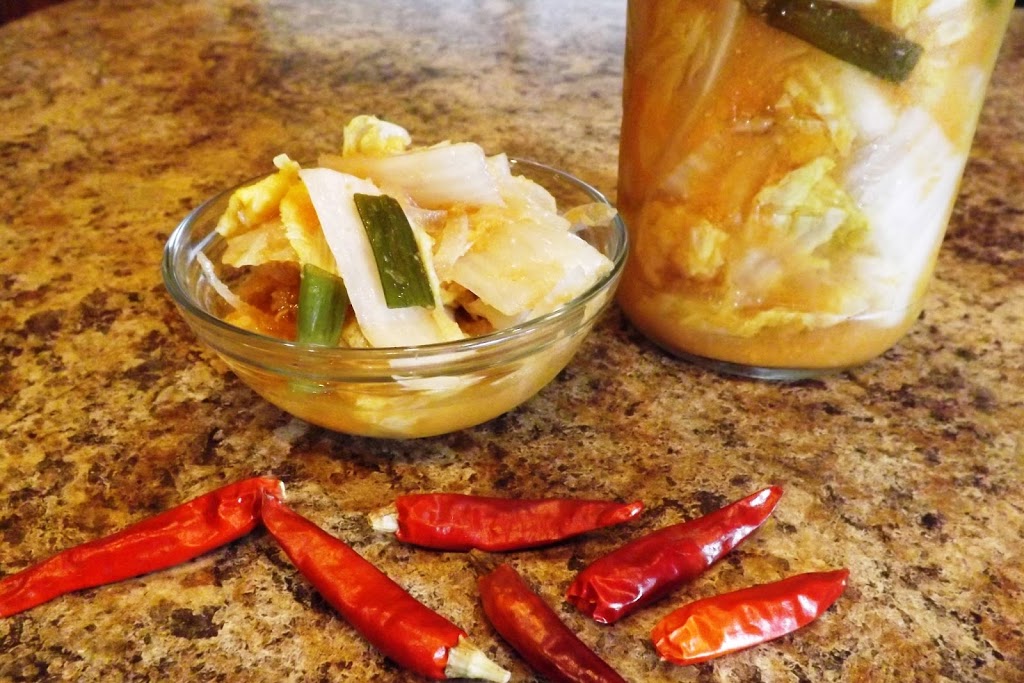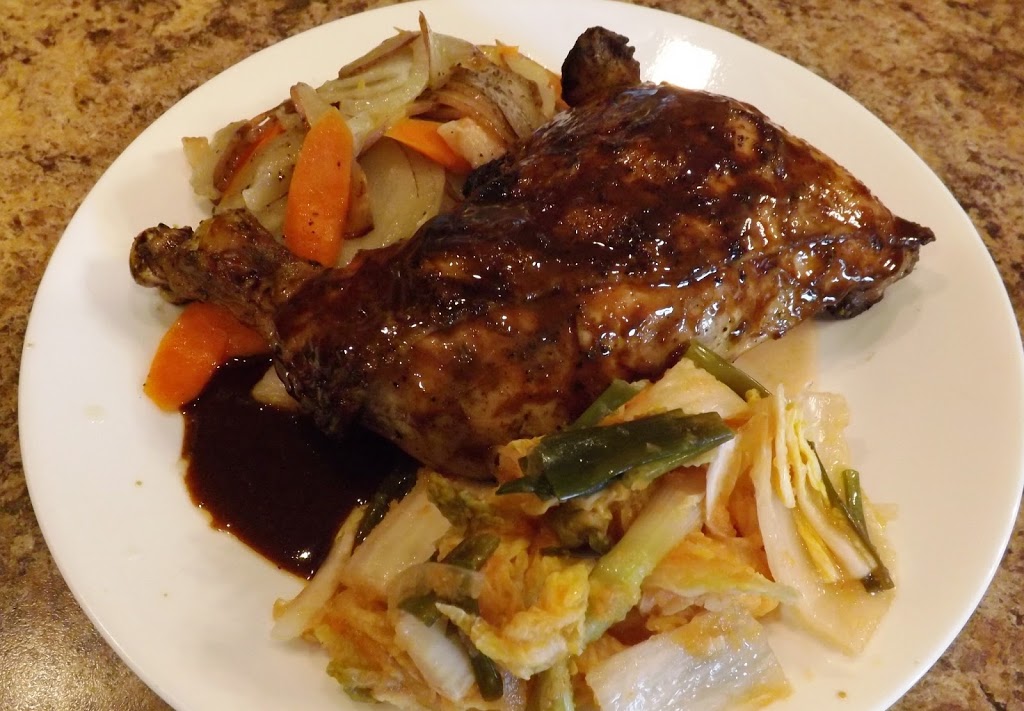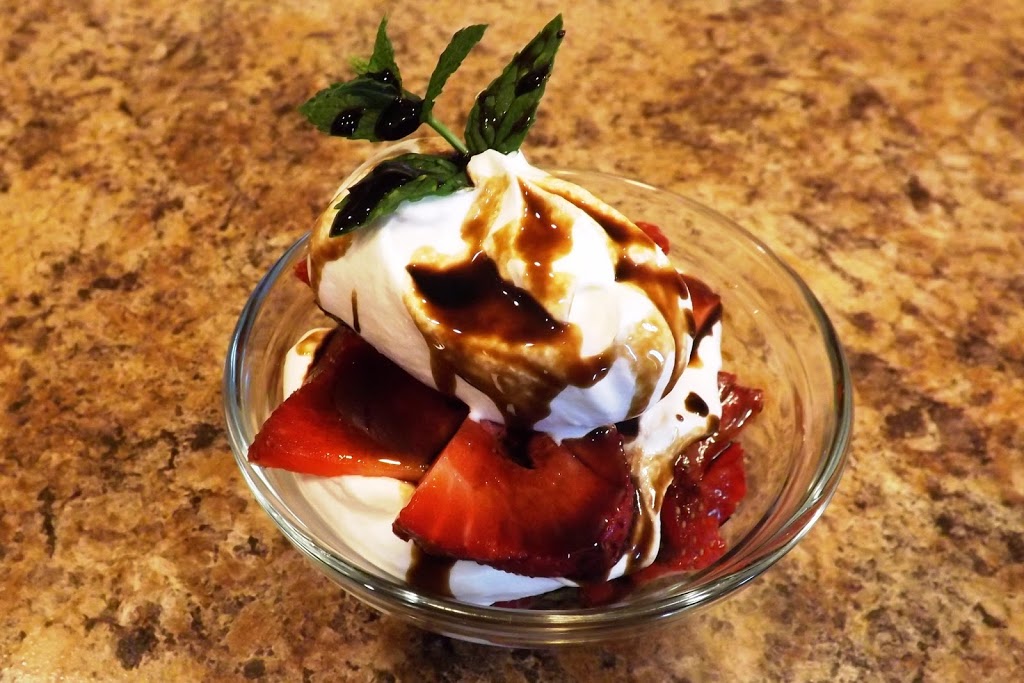This is a minor change in theme for a day. I want to acknowledge some people and groups that have helped shape me into the person I am. For now, I am not going to talk about apps and devices (let’s save that for a future blog post) but about people who are also blogging.
I am not the only blog out there! (I know, surprise?) Many of my recipes began as ideas coming from other places. I have found ideas in cookbooks and magazines, from friends and relatives, dining in restaurants and my wife has found some on Pinterest. I generally don’t make any recipe exactly as I find it (unless I am trying to duplicate Julia Childs). I usually look at the recipe, consider it’s appearance and ingredients and then make my own, in the spirit of the original recipe.
But I also read these blogs and they have helped me grow personally and as a blogger. I thought that I needed to give them full credit for their assistance and suggest that you might want to take a look at them, too. (But please don’t stop visiting me! We are almost getting to be like family!) Please note that these are not listed in any specific order, neither alphabetical nor preferential.
- Danica’s Daily: Danica Pike loves food–good food–and following the Weight Watchers plan has lost over 55 pounds. She focuses on living healthy by eating well. She has a very professional blog, and has been blogging since 2009. She offers life tips, recipes, food reviews and menus. She also writes about her travels, and was published in CharBroils “America Grills” cookbook. The pictures of her foods are wonderful, and I aspire to someday be as skilled.
- Snack Girl: Lisa Cain has a Ph.D. in Evolutionary Biology, who over time became obsessed with the effects of food on health. She, and her husband Matt, believe in fresh food. and real food is the basis of good health and good living. Lisa also uses the Weight Watcher plan, and has her recipes categorized by both description of the food and the PointsPlus that each has, making searching very efficient. She also provide weight loss tips and suggestions on snacks that are healthy, even if they are packaged. If Lisa suggests it, I am convinced that it is a good choice.
- In the Kitchen With Kath: Kath Dedon is a wonderful blogger and has been blogging since December 2009. Like me, she is her own photographer. Unlike me her photos are absolutely mouth-watering. (My photos are good, hers are great.) Her recipes are easy to follow and step by step (you wonder where I learned that from?) The subtitle to her blog really says it all: “Old favorites…New discoveries. Fresh and easy!”
- Greatist: In contrast to the first three, Greatist is not a single person, but a collection (I like to throw around big words, so here is one–it is an aggregator) of information from all around us. The staff and contributors are experts in their fields and therefore this one site can provide expert information in many areas. Their banner states “Fitness, Health, Happiness” and those are wonderful goals. Of course, I use the site mostly for food (well, what else?) and was the original inspiration for my Kimchi. As a nurse, one specific fact that really makes me trust this site is that if they state that XYZ is a fact, they have a PubMed reference and the fact is verified and expert vetted. They don’t throw “garbage science” out as the gospel truth.
- Spunkisuzi: Suzi hails from Canada and started blogging in June 2008, as a way to maintain motivation and increase her own accountability in her weight loss plan (sound at all familiar?) She talks about life in general, and posts pictures of her healthy and delicious-looking meals. She also wears a Fitbit, is a Weight Watcher, and from what I can tell, lives a pretty darn nice life.
- Lifehacker: This source is another non-single-person blog, and another aggregator of general knowledge. Lifehacker covers everything from personal finance, to apps and technology to (of course) foods, recipes and cooking ideas. The extent of information at Lifehacker defies description, and this short paragraph does not do it justice. Go take a look for yourself.
- We Beat Fat: This is a husband and wife (Angela and Willie) team who document the course of their weight loss journey. While they are still working on their ultimate goals, from January 2011 2013 February 2013,Willie lost 300 pounds and Angela lost 200. In the process, they have reinvented themselves. They are now runners and live a healthy life. They did not do anything extreme. They learned how to change their life and live on the correct amount of food, and they learned to move more. (Have you heard that before?) The blog continues to show their progress, shares favorites recipes and gives good weight loss tips.
- Grill Talk: Fabienne opened her own custom mixed perfume company in 2006. To do that, you need a sensitive sense of smell. If you know anatomy and physiology, that means you will also have a sensitive palate of tastes. When you enjoy the aroma and taste of food–well, I think we all know where that leads, and in 2011 Fabienne realized it was time to lose some weight. She focuses on eating the correct amounts of healthy foods and loves to grill because the heat of grilling brings out and intensifies flavors (remember, she has a palate with a Ph.D. in taste!) She also writes about non-food life observations and has a very well-rounded blog. The subtitle to her blog is “Healthy, Fast, Succulent”. Who wouldn’t want to eat that?
